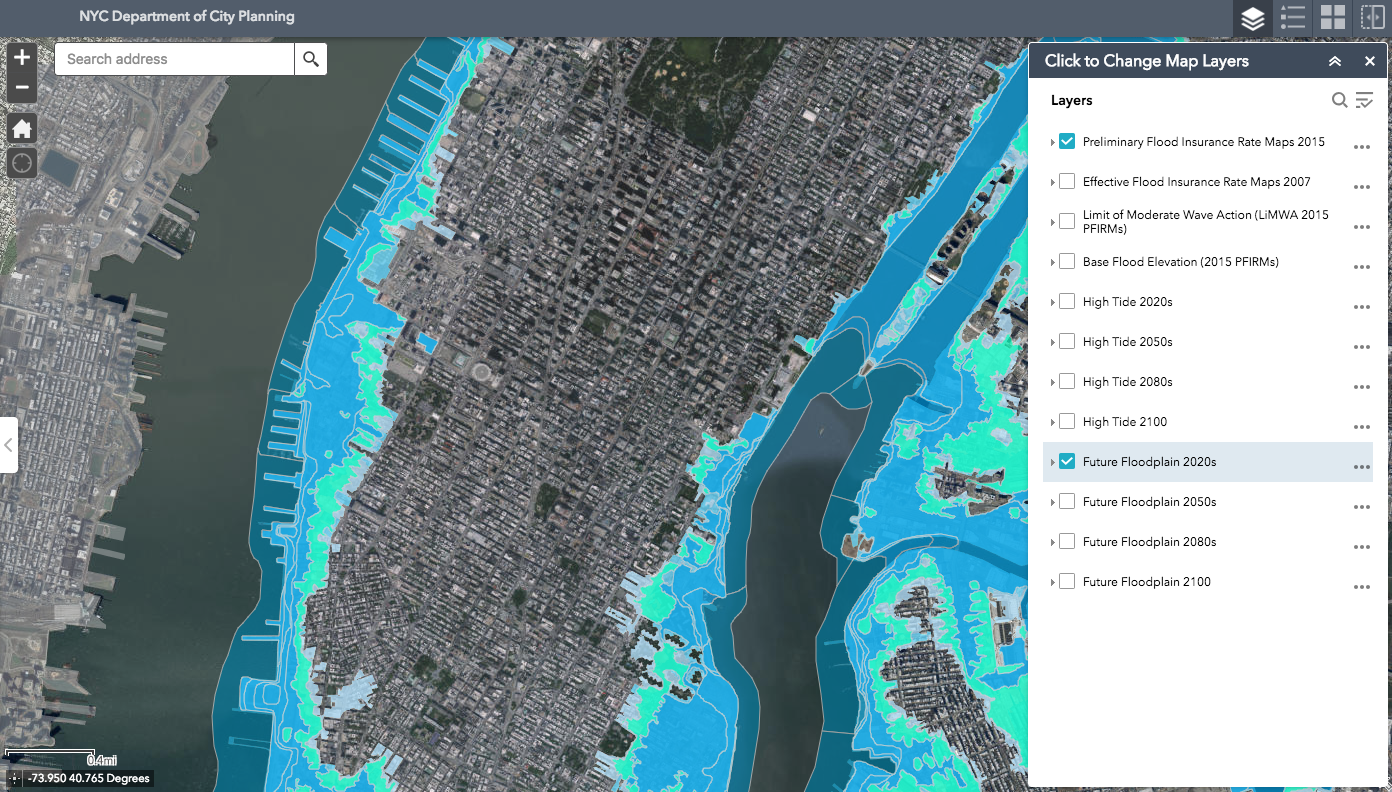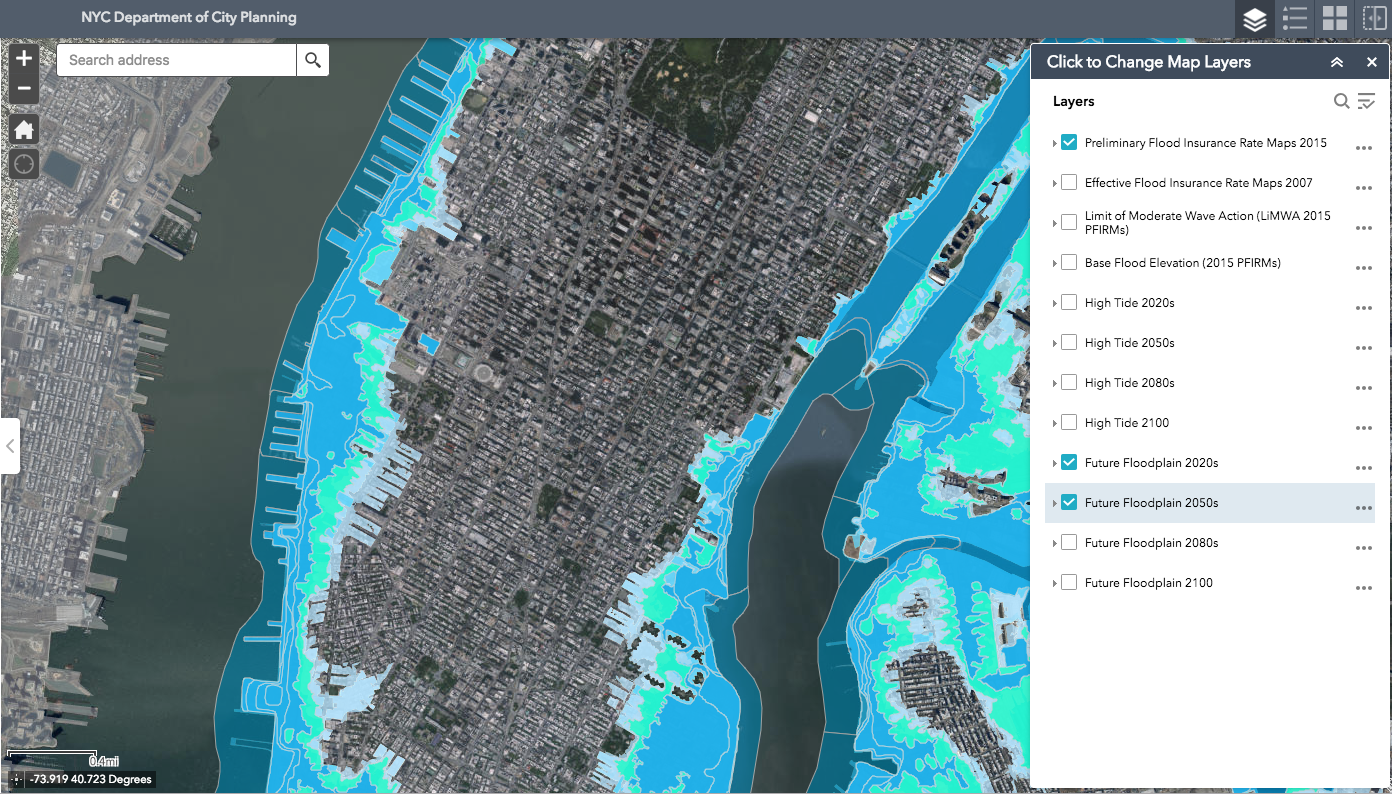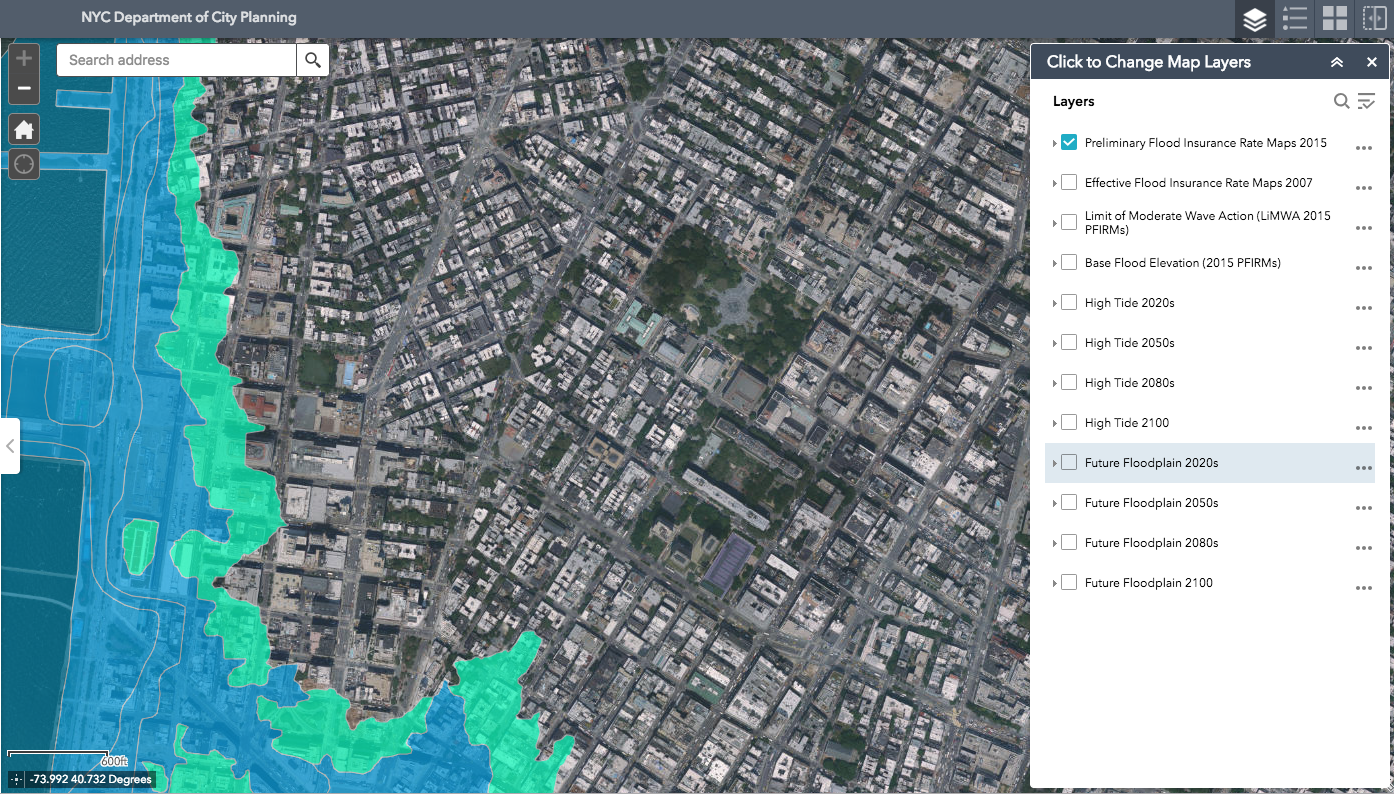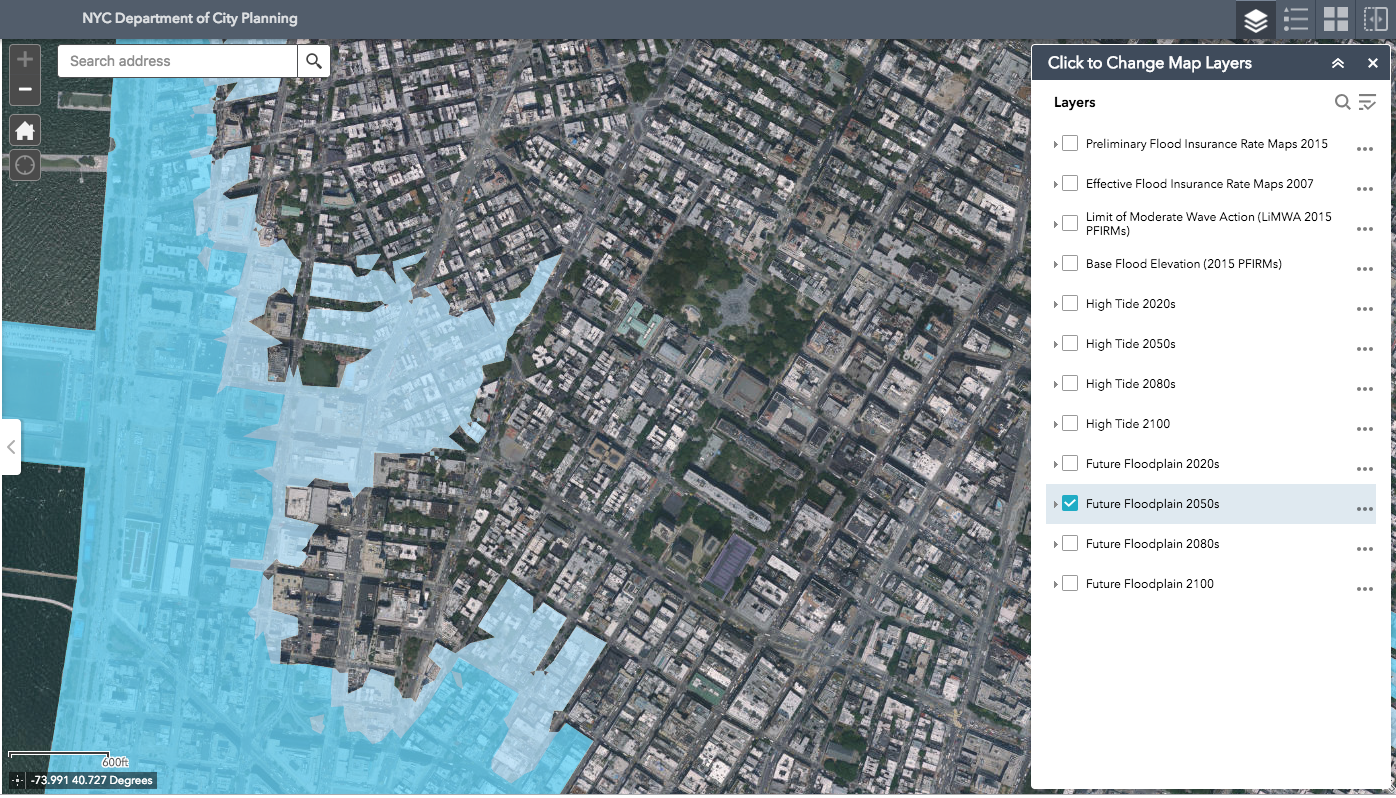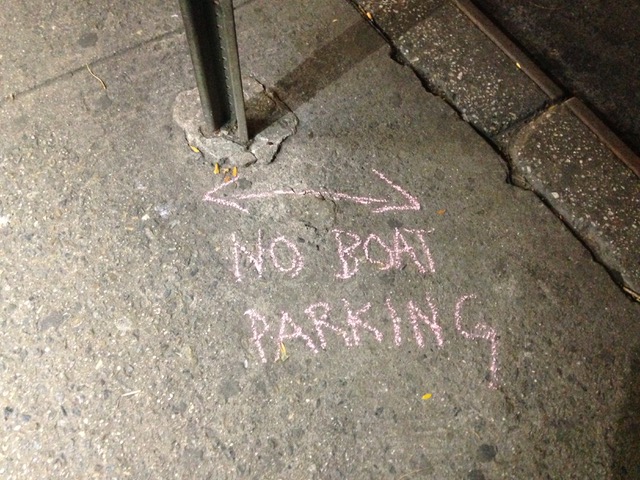Join the Zolberg Institute on Migration and Mobility faculty on an experiential walk that will reveal the hidden, invisible, and illegible boundaries that guide and shape our involvement with urban life.
What parts of the city are open or available to you, socially and materially, and via what pathways? At what scale do you experience and conceptualize the city? How does your experience of city change depending on your perspective—your race, immigration status, profession, and historical moment?
The city is an ecosystem where the built and natural environments merge. As such, we will examine places where the boundary between the built and the natural is negotiated. Drawing on Guy Debord’s concept of dérive, we will explore how we as humans have shaped the natural environment, how we protect it—particularly against climate change—and how institutions and governments use both built and natural environments to create social boundaries.






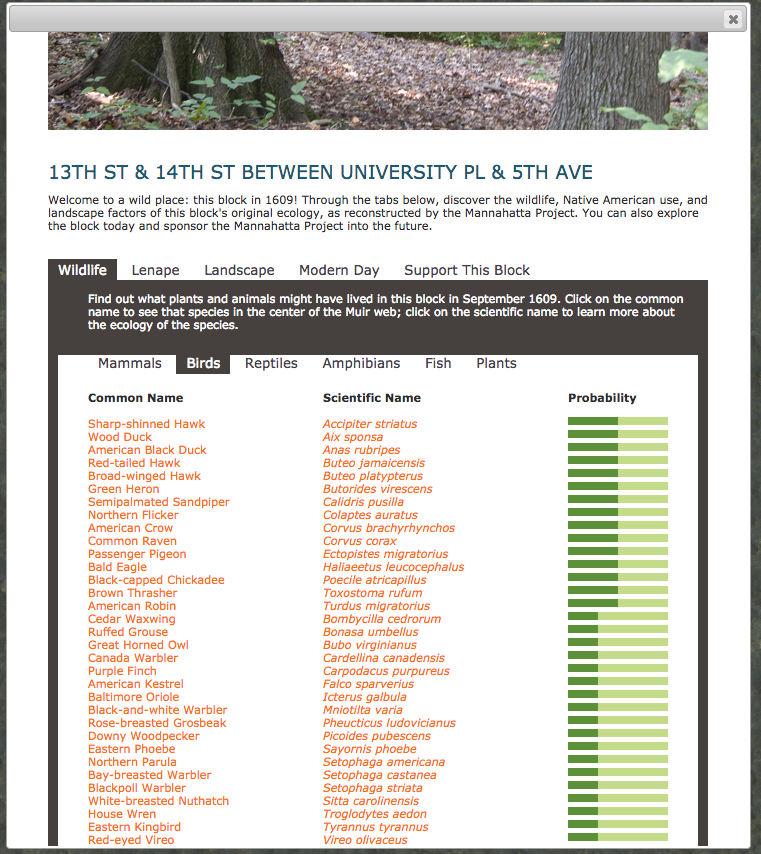





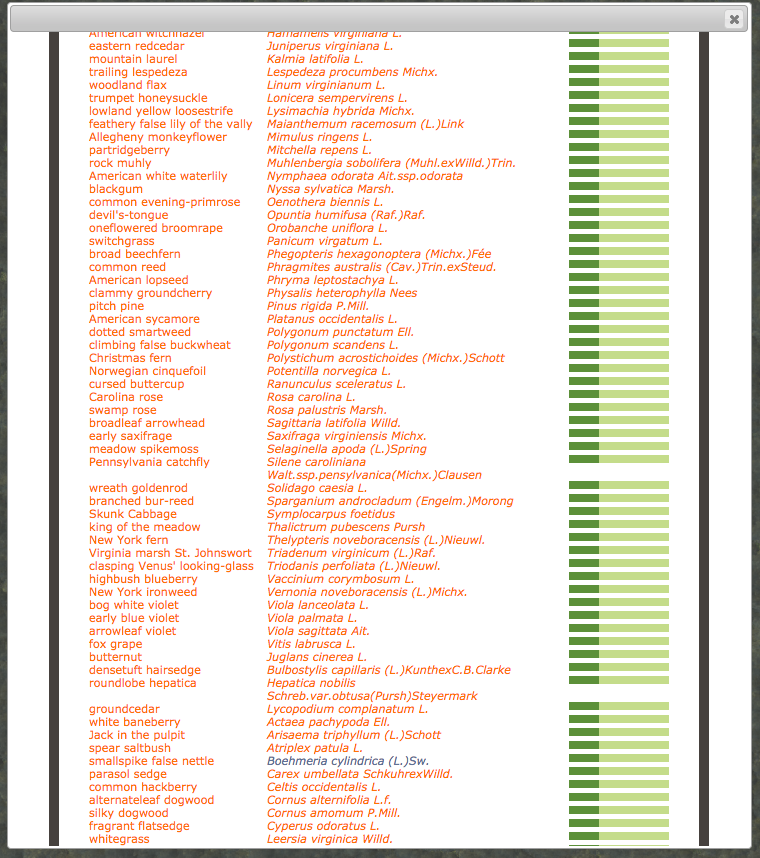





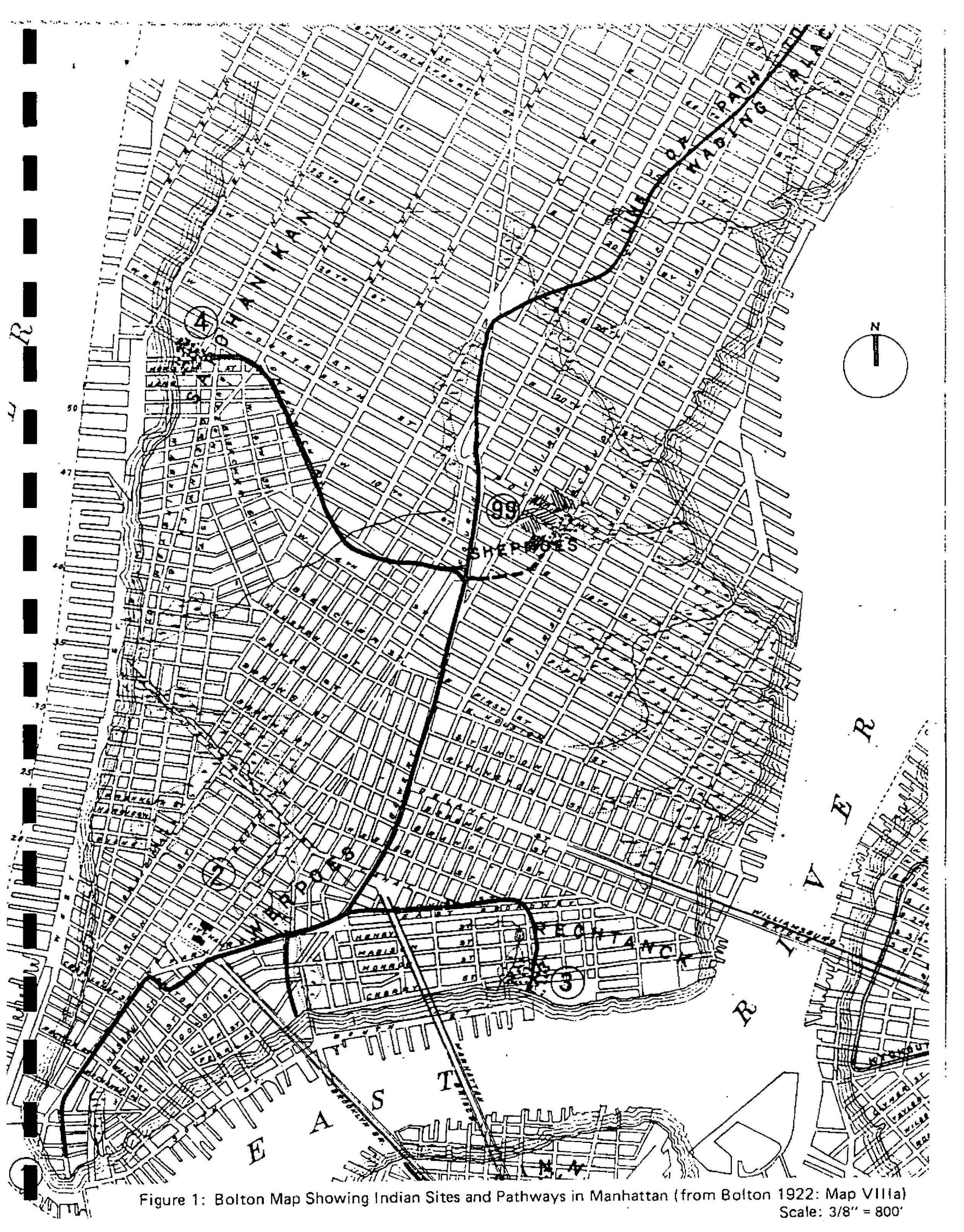























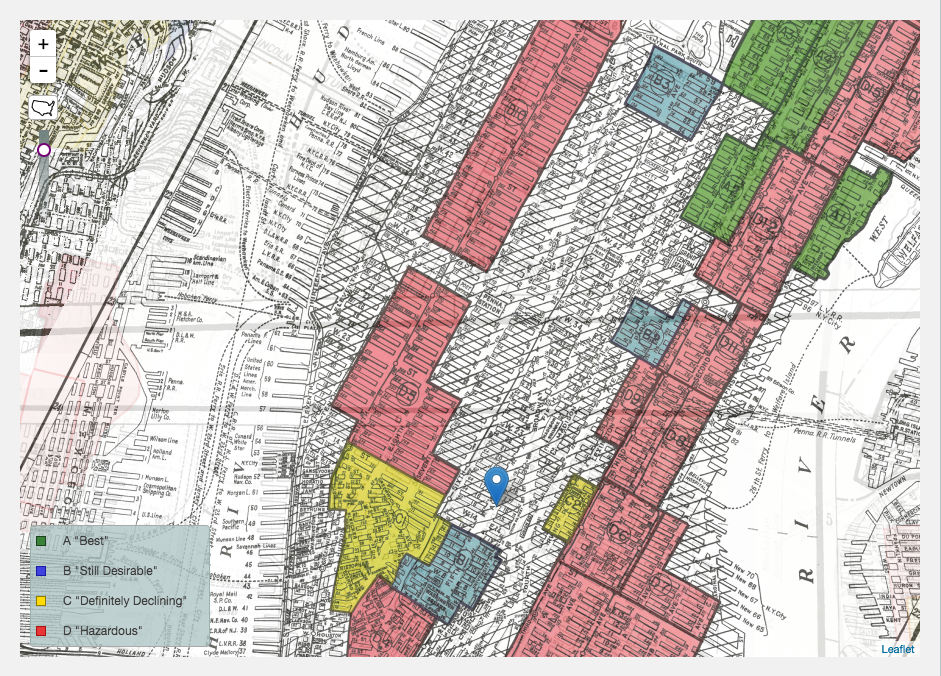
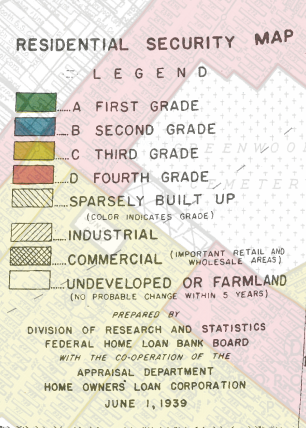




















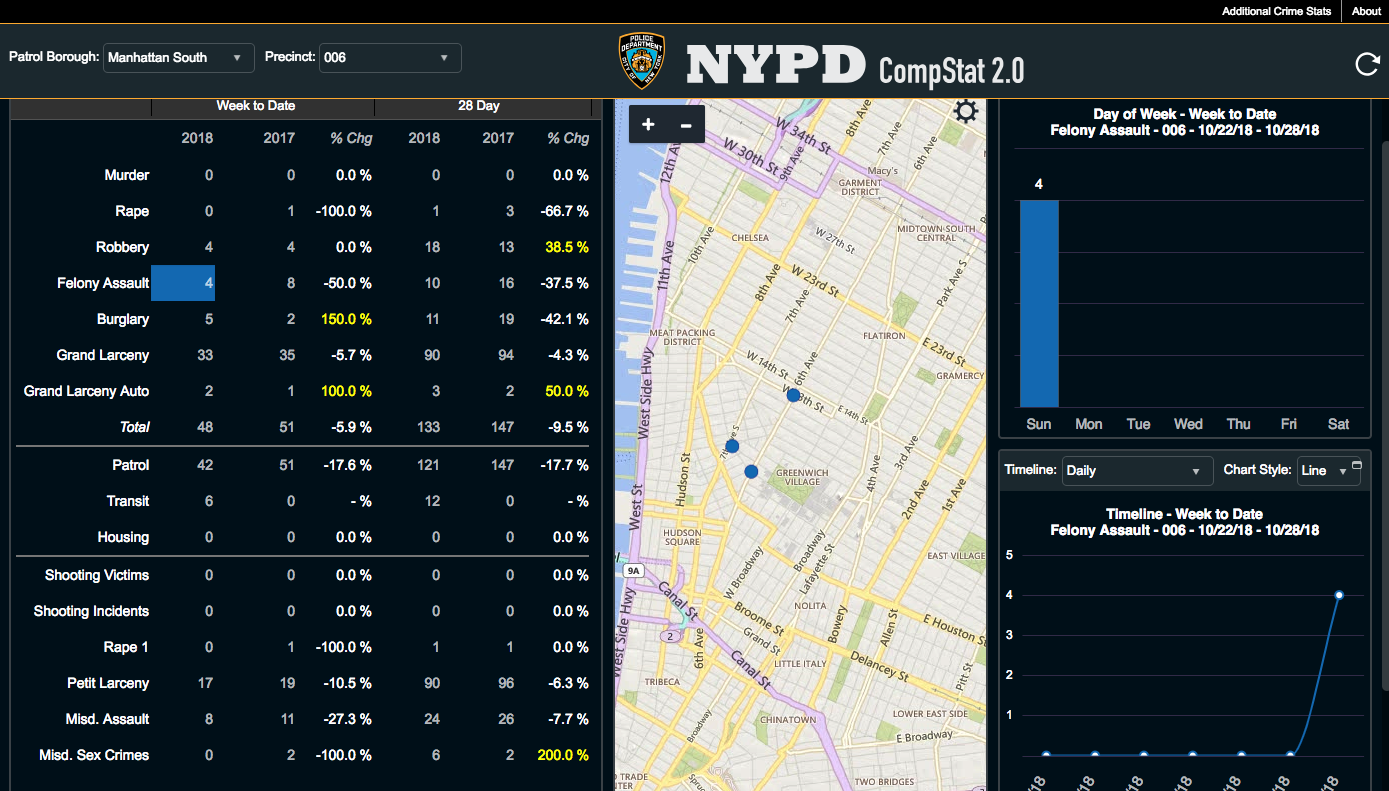
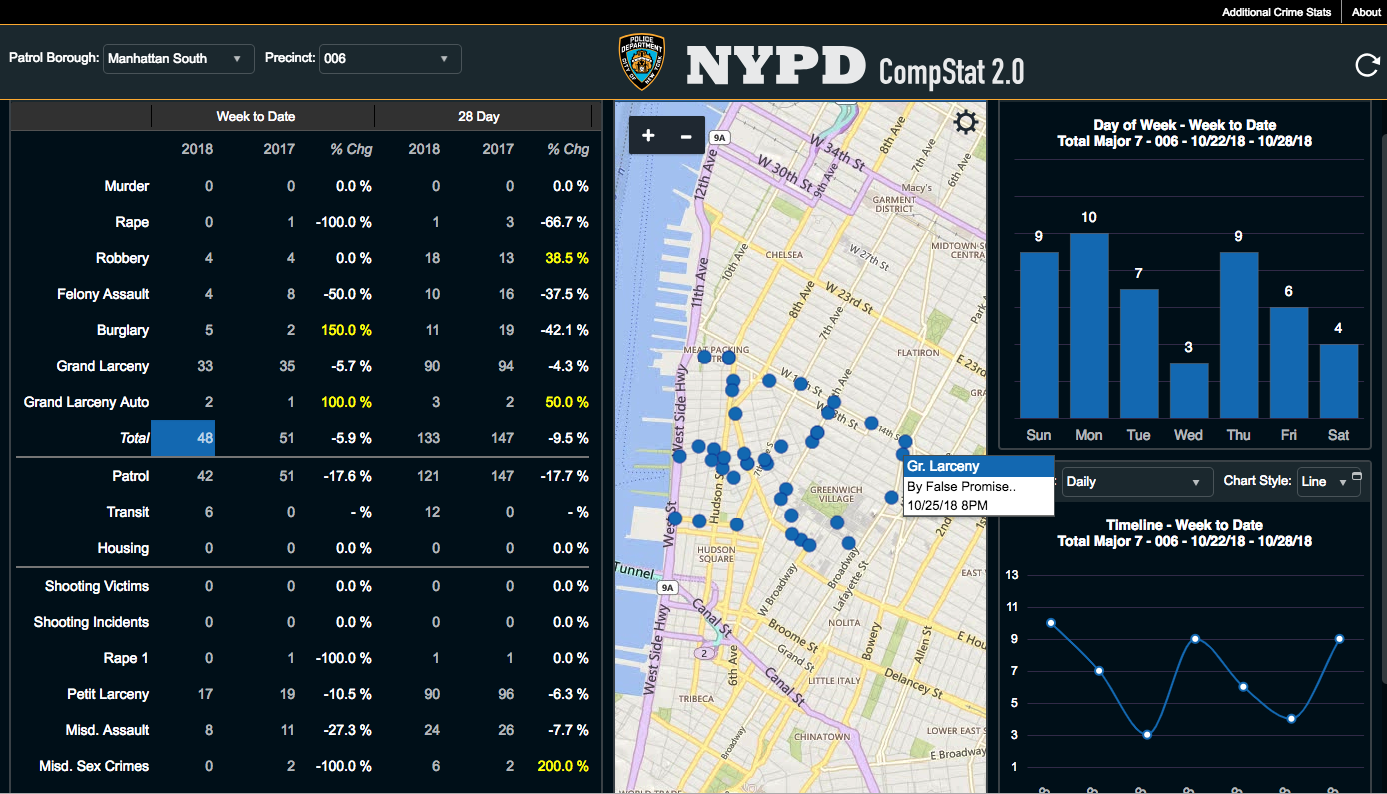




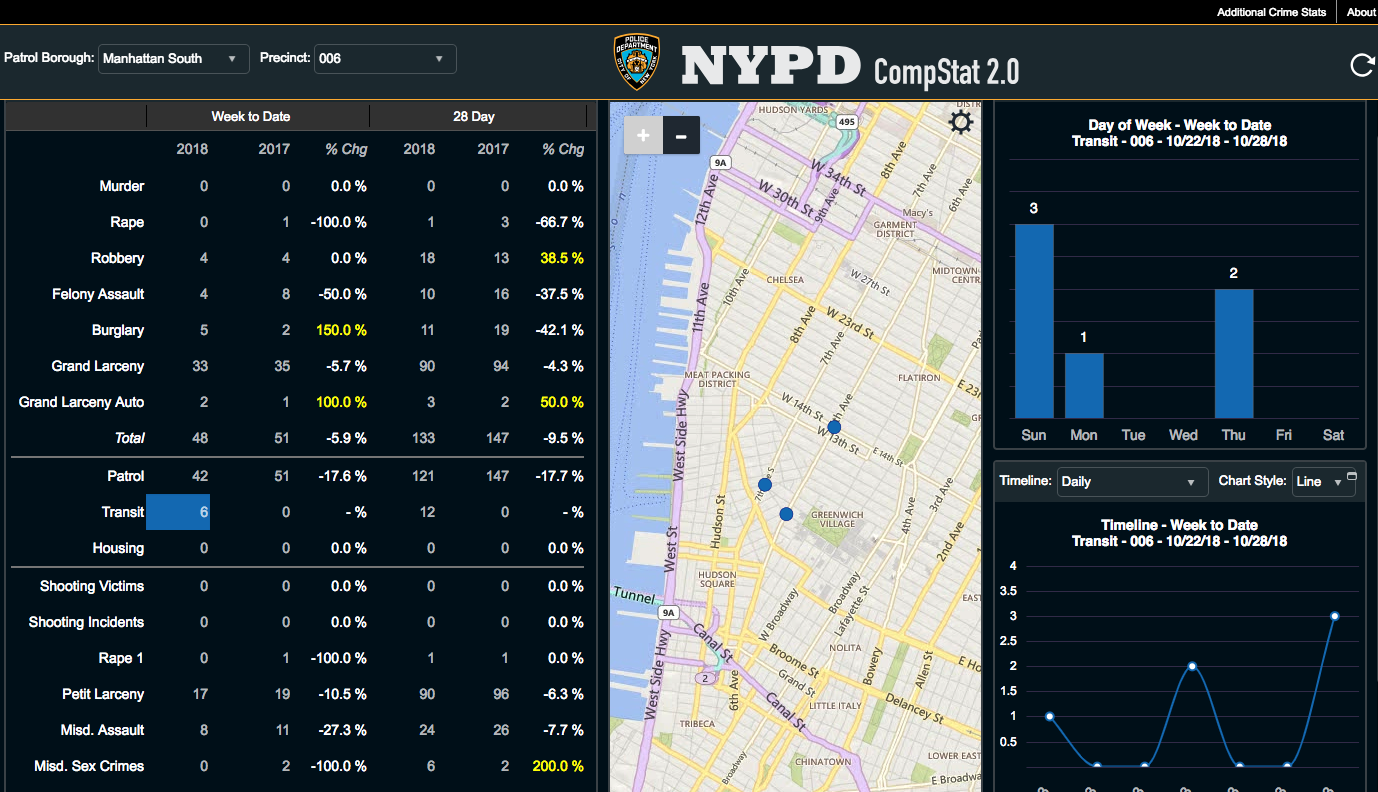

















![Map showing the old high water line along the shores of Brooklyn & New York together with the pier lines as established by law [cartographic material] / R. Graves, City Surveyor. 1855. Source: NYPL](https://images.squarespace-cdn.com/content/v1/5a2832b99f8dcee54f6cf92f/1541608659128-L7WRLWEUG0X9GKCWUU8K/jMjc3eJ.jpg)



